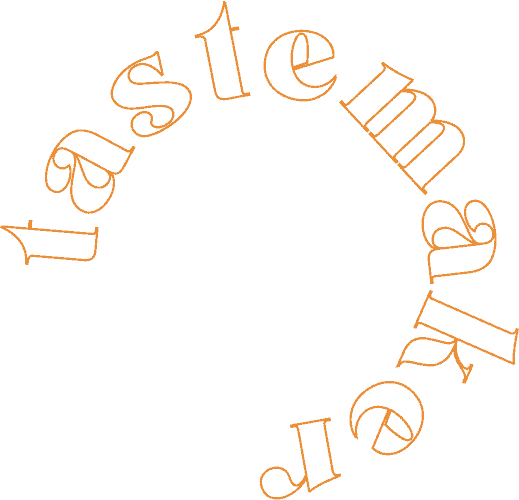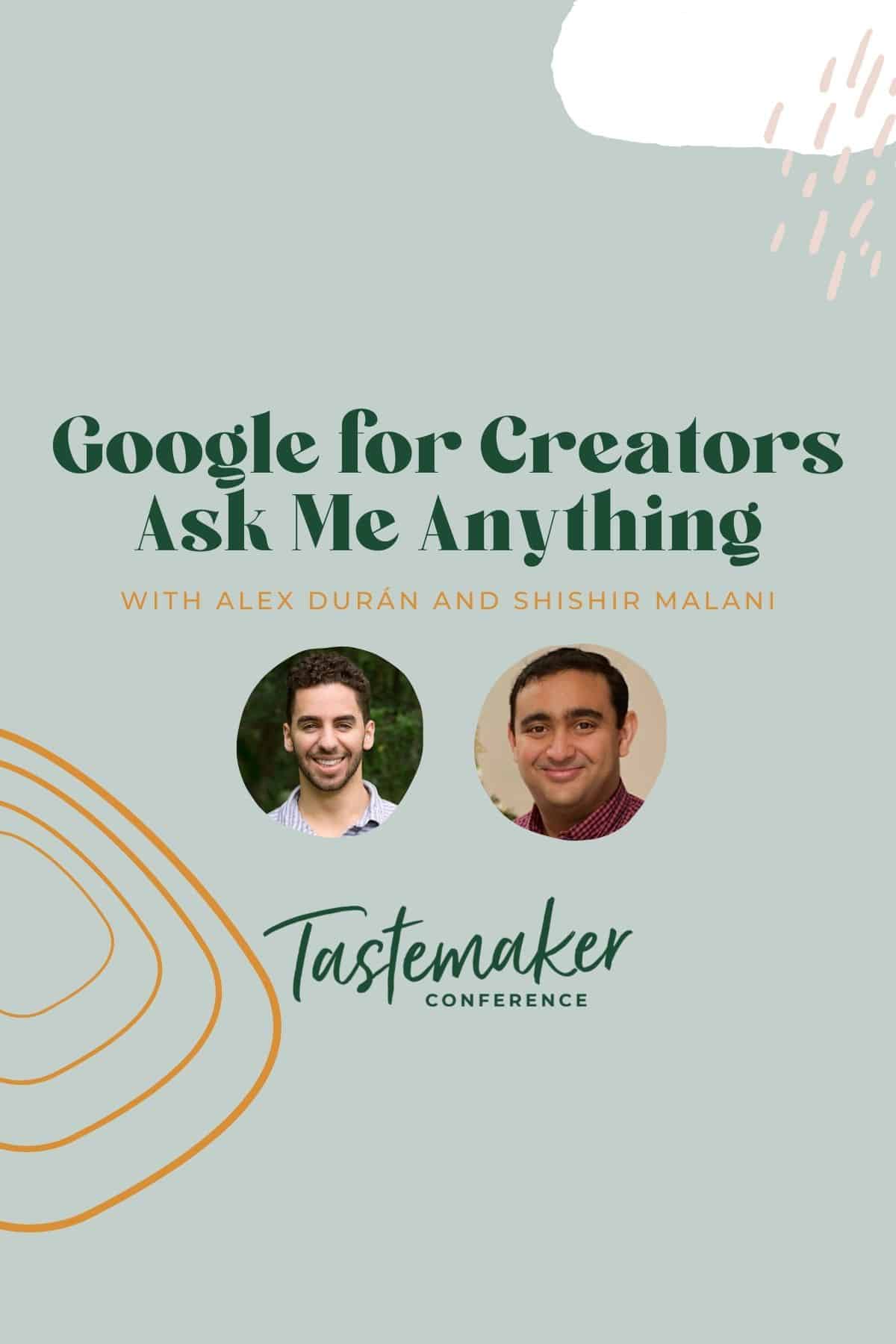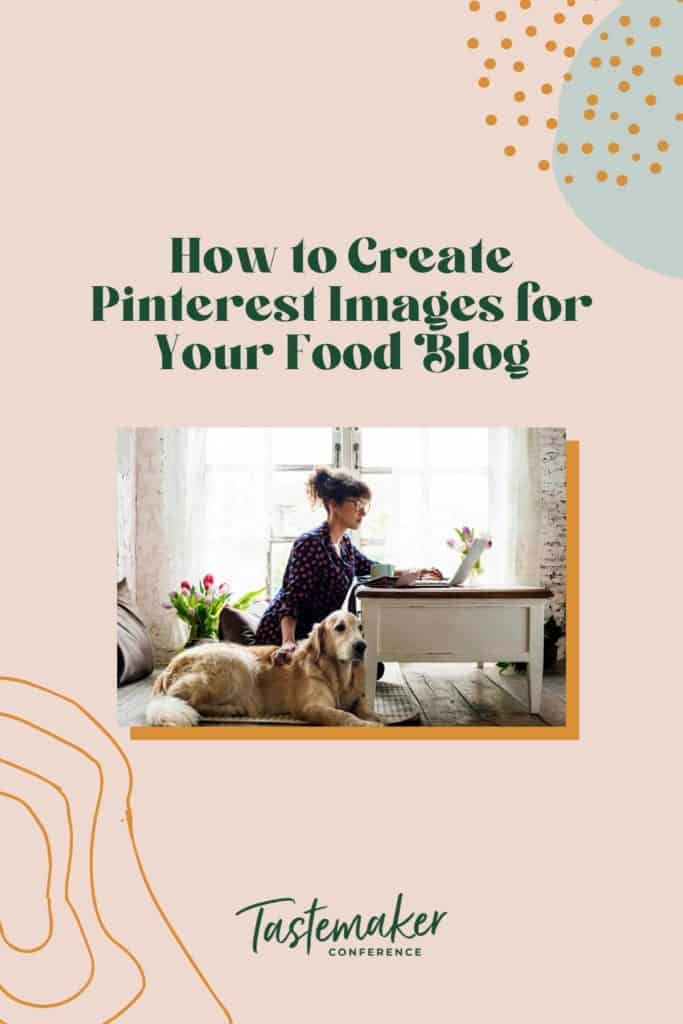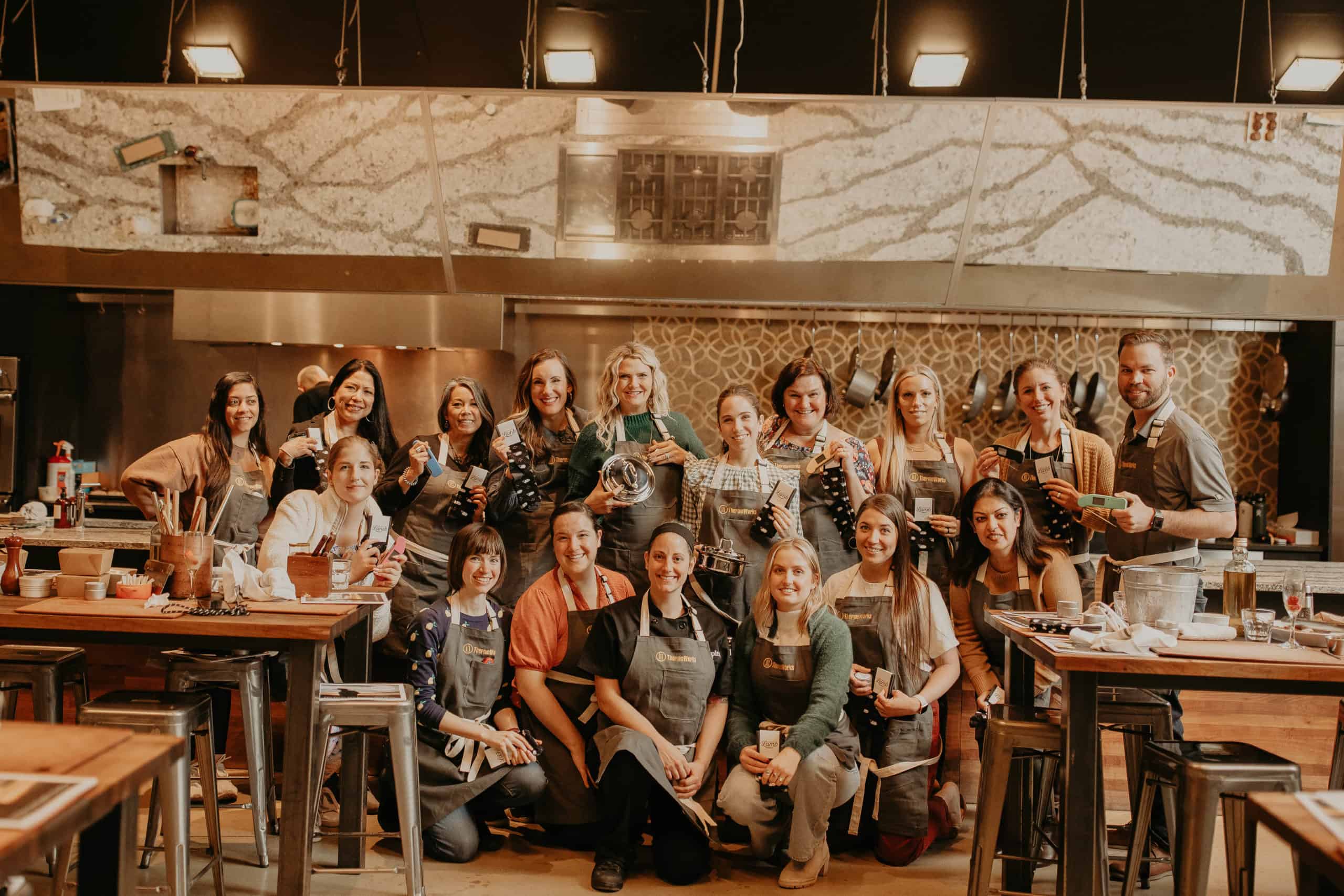What are Google Web Stories?
Picture this, you’ve just written the best blog post ever to be written on making homemade artichoke and goat cheese pizza that you’re sure is going to shoot to page 1 in the SERPs. You’ve researched keywords, came up with the perfect H1, promoted the post to your mailing list, made a really cheeky Instagram post with an engaging story and beautiful images…that you designed a killer pin.
And then? Nothing happens. Or at least not right away.
Have you thought about creating a Google Web Story around your post? You might be thinking, “I barely have time to do all those things you mentioned above – how can I possibly add one.more.thing?”
Because unlike many time-consuming forms of social media, Google Web Stories have the potential to drive traffic to your site while growing your organic traffic and turning visitors into fans.
Like real traffic. Money-making traffic. Ad network qualifying traffic.
Here are a few pointers to create web stories that drive traffic and help you gain fans.

Why Should I Make Google Web Stories?
Hey there! I’m Lori Murphy from Josie + Nina, my site named after my two darling Italian grandmas who taught me that there’s always room for one more around the table. At Josie + Nina, I share modern Italian food made approachable through fresh ingredients and time-saving techniques. And I’ve become addicted to Google Web Stories after using them allowed me to qualify for an ad network this past year.
I get it. For many of us, Google Web Stories is just one. more. thing. As a food blogger, you are being pulled into a growing number of directions, feeding many different algorithms with goals like growing traffic, qualifying for an ad network, getting the attention of sponsors, and more.
No matter the goal, I have found that web stories can be the one big thing that can help you move the needle.
I’ve experienced it first-hand. Some of my results include:
- Sessions increased from 7800 in July 2021 to just over 89,000 in November 2021.
- Over 1,000% increase!
- Organic traffic increased by 80% and pageview increased by over 1000%!
- Qualified for an ad network within four months of buckling down and creating web stories almost daily
- And…on top of it, I nearly doubled my mailing list.

Web Stories Workshop
All from the power of web stories! I’m sharing my experience and how I approach making and designing web stories at the Tastemaker Conference workshop on Jun 3, 2022. We’d love to have you join us!

Top 5 Tips
In the meantime, here are some tips and tricks around making web stories that perform.
TIP #1 – It’s a numbers game
When it comes to web stories, quantity does matter. You can’t just do one and done. It’ll take a few stories before they start to get picked up and circulated. And then some will “hit” it big while others will just garner a few pageviews.
That’s ok! Keep going.
Web stories seem to perform especially well in Q3 and Q4 when cooking is top of mind for so many so in the meantime, know that you are creating a framework so you’ll be ready to hit the ground running.
TIP #2 – Steady wins the race
In the food blogging world, you’ll hear one thing over and over: content is king. And while I agree, I’d argue that there’s one thing that is as important (if not more) and that is
CONSISTENCY IS KEY
And web stories are no different. While you may not need to create a web story every day, you’ll find that at least one every other day (and other times even 2 per day) is what is needed to get the traffic needle moving. Because well…see #1 above.
TIP #3 – Have a plan
One of the gifts Google gave us in their Stories plugin is the ability to make page templates. Page templates are the key to successfully making a lot of web stories quickly. Whether you use Google’s pre-made templates or make your own (psst…we’re going to show you how!), you can save these templates, tweak them according to each recipe and churn out lots of stories.
TIP #4 – Don’t fear change.
One of my least favorite things about blog posts (especially ones that are ranking well) is the fear that if you change even one thing, you run the risk of losing your ranking in the SERPs.
Guess what? With web stories, change is totally ok!
- Find a typo after you posted your story? Fix it!
- Notice that after a couple of days the story hasn’t received any traffic? Take a second look and update it!
- Don’t have a ton of posts? Create a second story (or more!) around the same post from a different perspective. You never know…that one could be the one that takes off. (BTW…we’ll share the ins and outs of making these changes)
TIP #5 – It’s not about the pasta
Web stories are visual. They draw the reader through the story with beautiful images, eye-catching animation, and engaging narration.
And a recipe? It’s built around steps, science, exactitudes, and a lot of messy dishes! But the recipe alone isn’t always enough to attract the reader (unless it’s something super on-trend like Baked Feta Pasta or Green Goddess Salad) because following the steps of a recipe can be boring.
But within each recipe, there is always a small detail —a hook—maybe in the form of a tip or technique that the reader might not know about. So tell ‘em! And that’s something else we are going to focus on in the workshop.










Leave a Comment